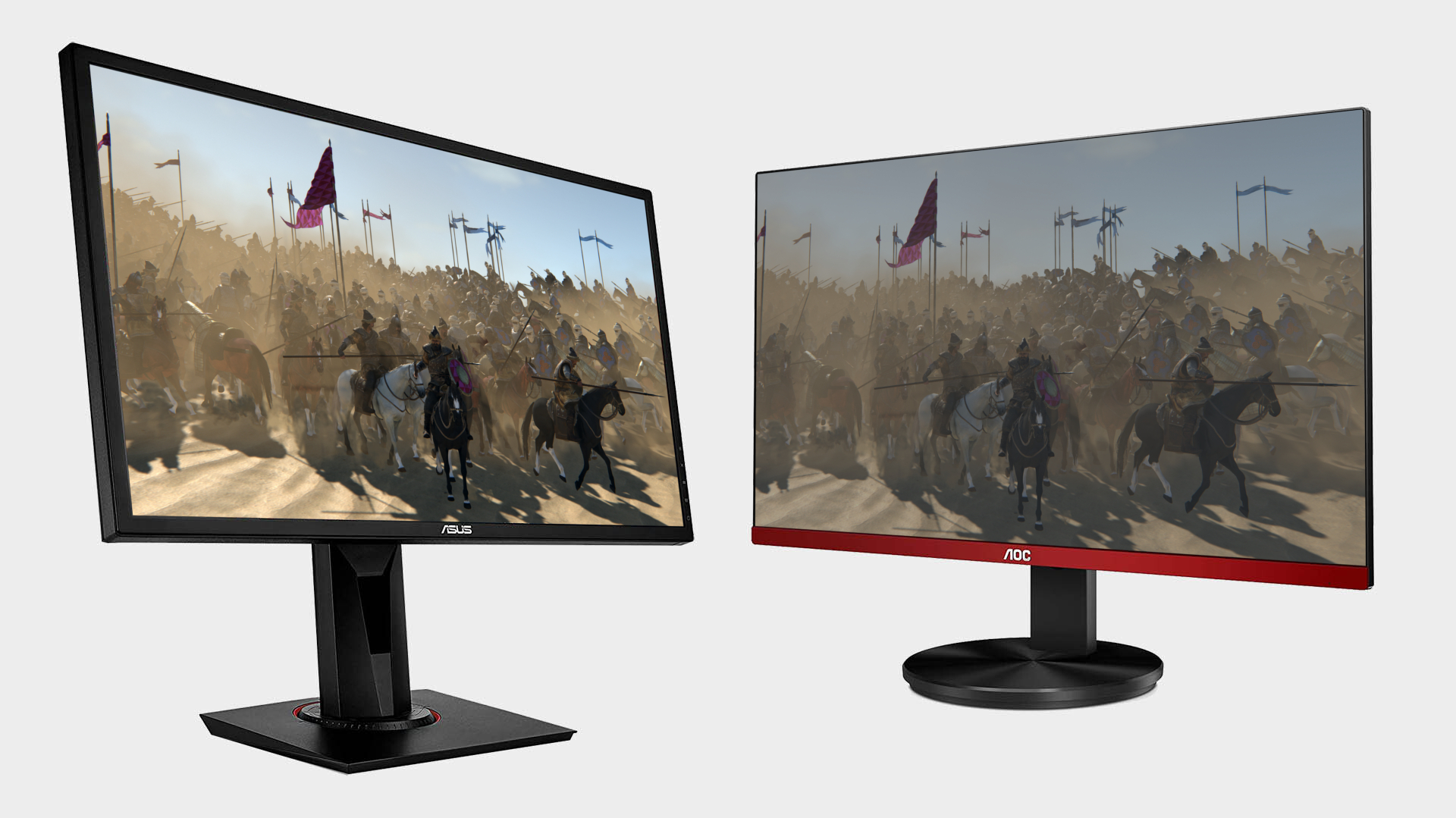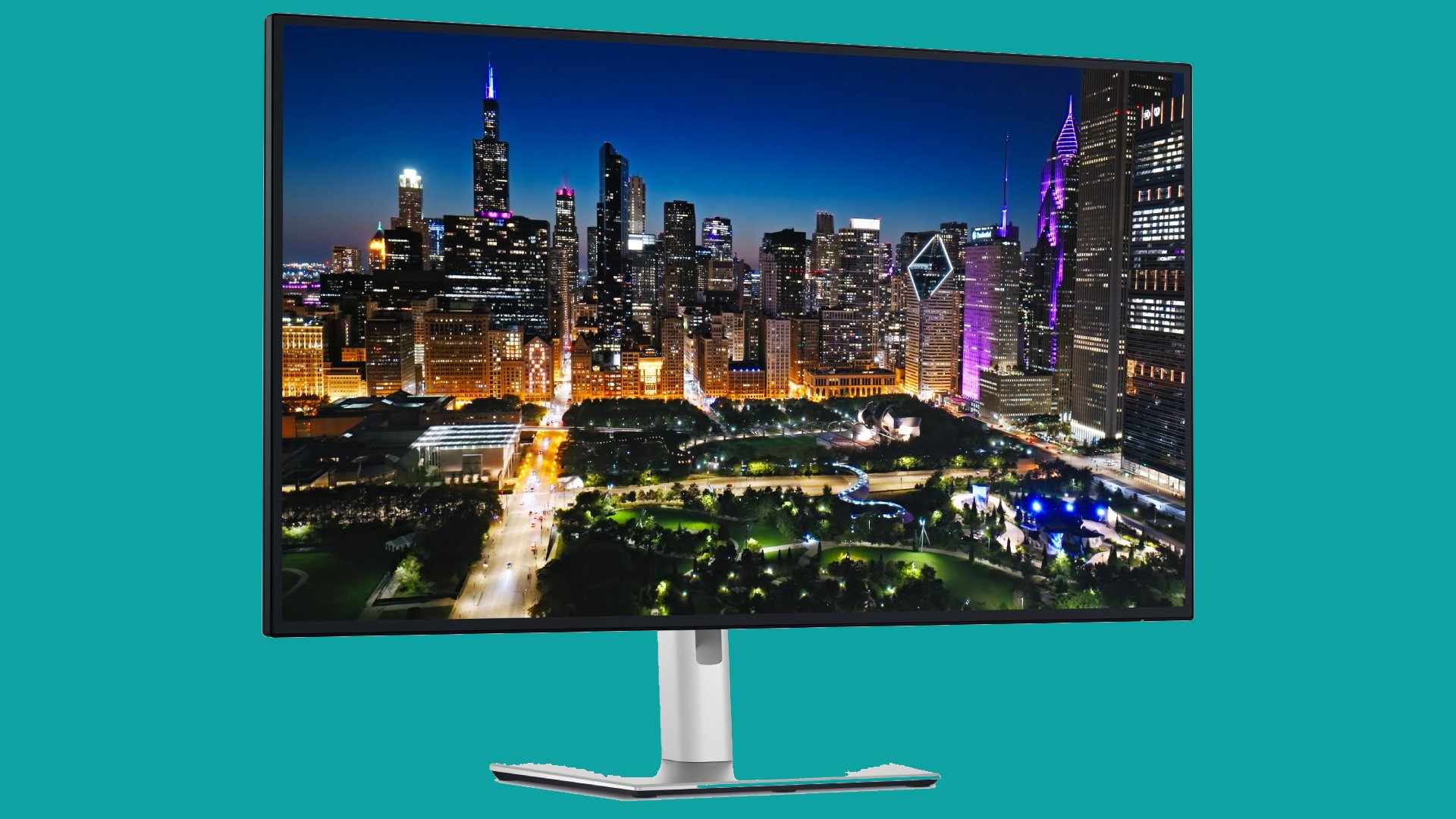Have you heard of BOE? If you haven’t, now’s a good time to bone up as it is no less than the world’s biggest maker of LCD panels. And BOE has just shown off a new 32-inch 8K 120 Hz monitor at the SID Display Week showin Los Angeles. The 120 Hz bit is the main, but not sole, novelty here as we’ve had 60 Hz 32-inch 8K monitors before. The other tidbit involves scaling and very high refresh rates, but we’ll come back to that.
Of course, you could argue what’s not novel is the knowledge that 8K is largely irrelevant to general PC usage and totally irrelevant to gaming. And that despite Nivida bigging up 8K gaming at the launch of the RTX 3090 way back in the mists of 2020.
Nigh on five years later and what do we have to show for it? Almost no 8K content and if anything fewer 8K TVs for sale of late and even fewer 8K monitors. More to the point, if you’ve ever gamed on a 32-inch 4K monitor, you’ll know that the image detail is pretty epic. Is there any benefit to even more pixels for gaming?
Hold that thought, too, while we cover off a few more details about this BOE panel. Actually, there’s not much more to say about the specifications as little has been released save for one, crucial, detail. The panel will also run at 4K 240 Hz.
That’s available in an integer-scaled or pixel doubled mode, just like the latest 4K monitors that offer a 1080p mode, such as the Asus ROG Strix XG27UCG (well, some of them—many don’t actually use integer scaling, but that’s a story for another day). Just as you can map 1080p to 4K by using a quad of pixels on a 4K panel to represent a single pixel in a 1080p grid, 4K maps perfectly to 8K.
That immediately makes this panel more useable and realistic for gaming. But wait, it gets better. 1440p also maps perfectly to 8K. Instead of the 2×2 pixels when mapping 4K to 8K, for 1440p it’s 3×3 or nine 8K pixels for each 1440p pixel.
In theory, you could then have a refresh rate of 1,080 Hz in 1440p mode. Zippy! Even if 1,080 Hz is a bit improbable, if not essentially impractical, it does open up the option of a really high refresh 1440p mode.
Actually, 1080p also maps perfectly to 4K, this time in a 4×4 arrangement which also works out to 1,920 Hz. Obviously that isn’t going to happen. But, again, you could have a really high refresh 1080p integer-scaled mode.
What’s more, the ultra-high pixel density of this 8K panel should mean that it gets closer to resembling a native panel of whatever integer-scaled res you choose than ever before. That matters because most of the 4K monitors with 1080p modes you can buy currently have been a little disappointing thanks to slightly soft and blurry image quality in 1080p mode.
All the while, you’ll have that 8K mode for insanely crispy fonts on the desktop and oodles of space for tools and apps. And maybe 8K 120 Hz gaming will be fairly viable when Nvidia rolls out the new RTX 6090 in about 18 month’s time.

Best gaming monitor: Pixel-perfect panels for your PC.
Best high refresh rate monitor: Screaming quick.
Best 4K monitor for gaming: When only high-res will do.
Best 4K TV for gaming: Big-screen 4K gaming.
OK, it’s all still a teensy bit niche. However, with the 120 Hz base refresh plus all that scope for really high-refresh scaled modes, this panel certainly has miles more potential for all-round computing and gaming than existing 8K monitors.
But when exactly can you jump on the 8K bandwagon, you probably aren’t crying? BOE plans to ramp up mass production of the panel later this year. That should mean monitors you can buy early in 2026.
It’ll be interesting to see if any of the big gaming monitor brands jump on the panel and release something offering some or all of those alternate modes I mentioned. It’ll certainly be an interesting addition to the high-end gaming monitor market.
